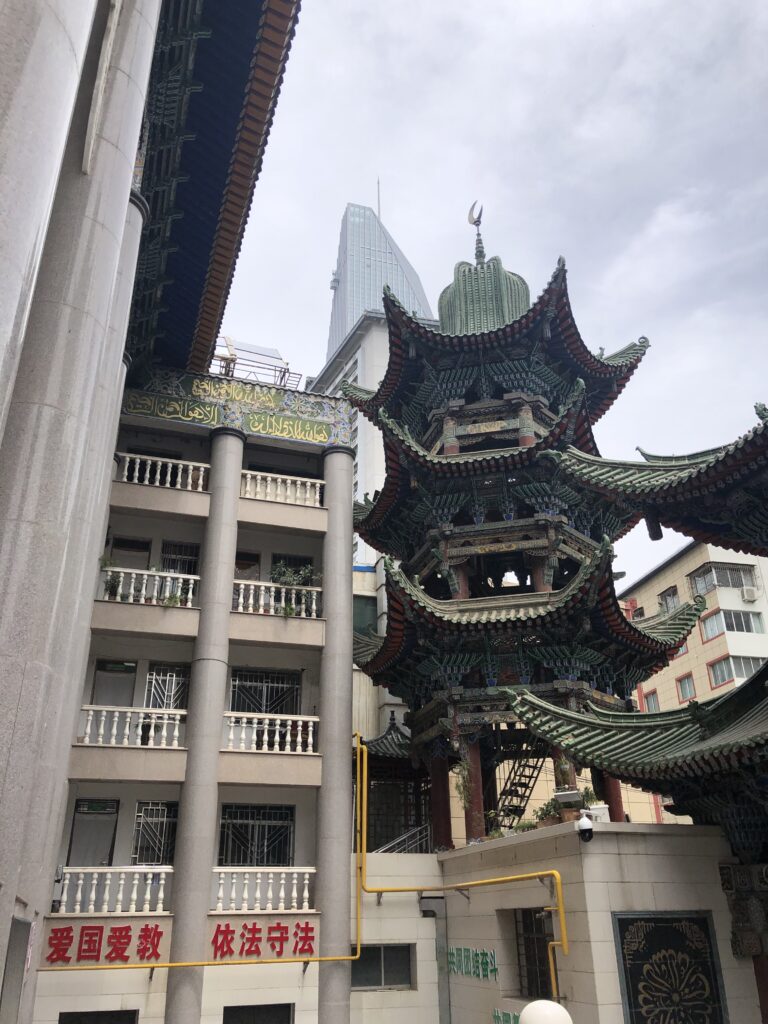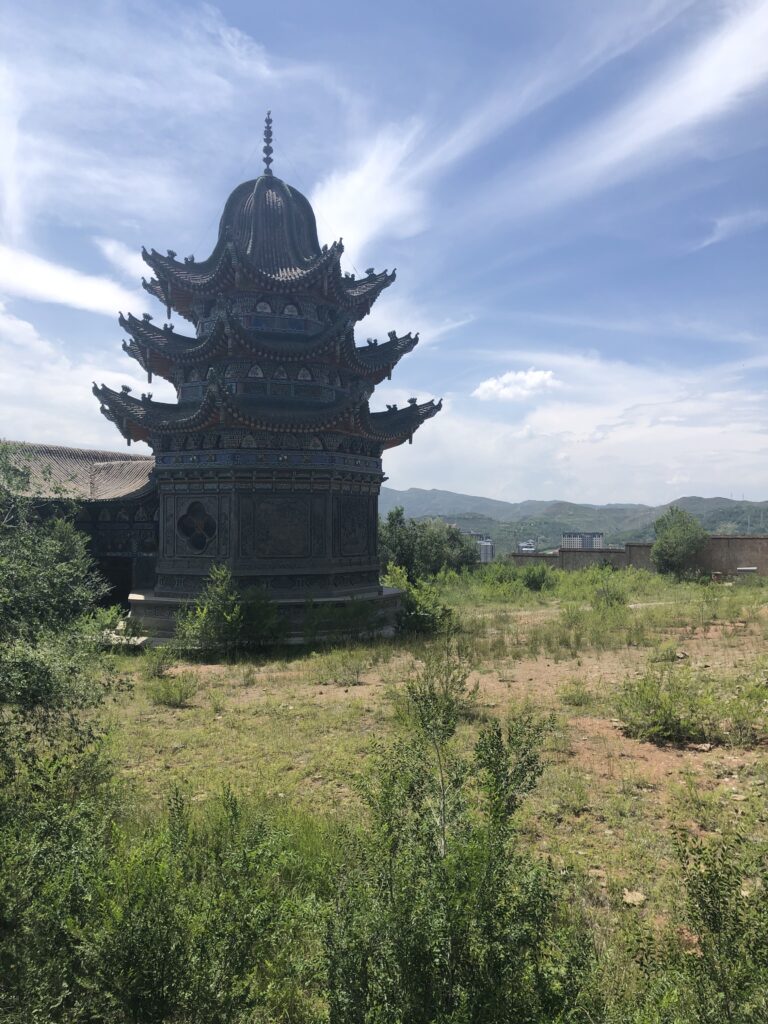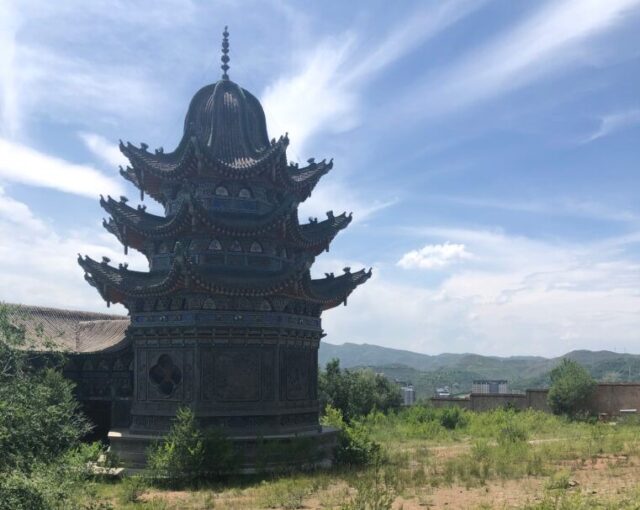
An analysis of the contemporary legal language of religious freedom in the U.S., China, and Taiwan is an integral part of my research. I will share today on my reading of such language in the Taiwan context. Usually, in the U.S., religious freedom is broken down into two clauses in the First Amendment, Anti-Establishment and Free Exercise. I will in my paper show that China was free of any remote pressure of religious establishment, thus, the secularization process in modern China was guided by a completely different set of political goals, ideologies, and expectations. However, interestingly, the critique of religious freedom and worry of its impossibility in the U.S. context, extending from cases, such as Reynold v. U.S., and Wisconsin v. Yoder, still apply to both Taiwan and China (though the two also have distinctive administrative and legal styles of enforcing freedom of religion). From my inexhaustive reading of https://religion.moi.gov.tw/, a governmental website on religions in Taiwan, two aspects of Taiwan’s definition of religious freedom are most relevant to my discussion. The first is that the website’s reading of Taiwan’s constitution explicitly distinguished the inner aspect of religion, namely belief, thinking, expression, and anything spiritual, from the outer form of practice. It is quite fascinating for me that such a protestantist manner of understanding religion being so explicitly expressed in a country that is not dominantly Christian (thinking specifically on the implications of Goldman v. Weinberger). This is a significant point for my research because it supports two of my earlier points: 1. the modern understanding of religion is presupposed in the imagination of modern politics and, perhaps, vice versa; 2. Neither Taiwan nor China has experienced the worry of establishment, rendering both quite clear when executing the governmental role in the continuing regulatory state model. The Second concerns the claim of the religious neutrality of the government. It is no news in the U.S. that such neutrality is only for the comfort of the Christian majority (plus, it still remains a legal debate whether anti-establish equals neutrality). However, it is, again, curious for me to analyze further if such neutrality can truly be achieved in the greater Chinese context. I look forward to writing and discussing the issues in the paper and during the conference. Until then.

